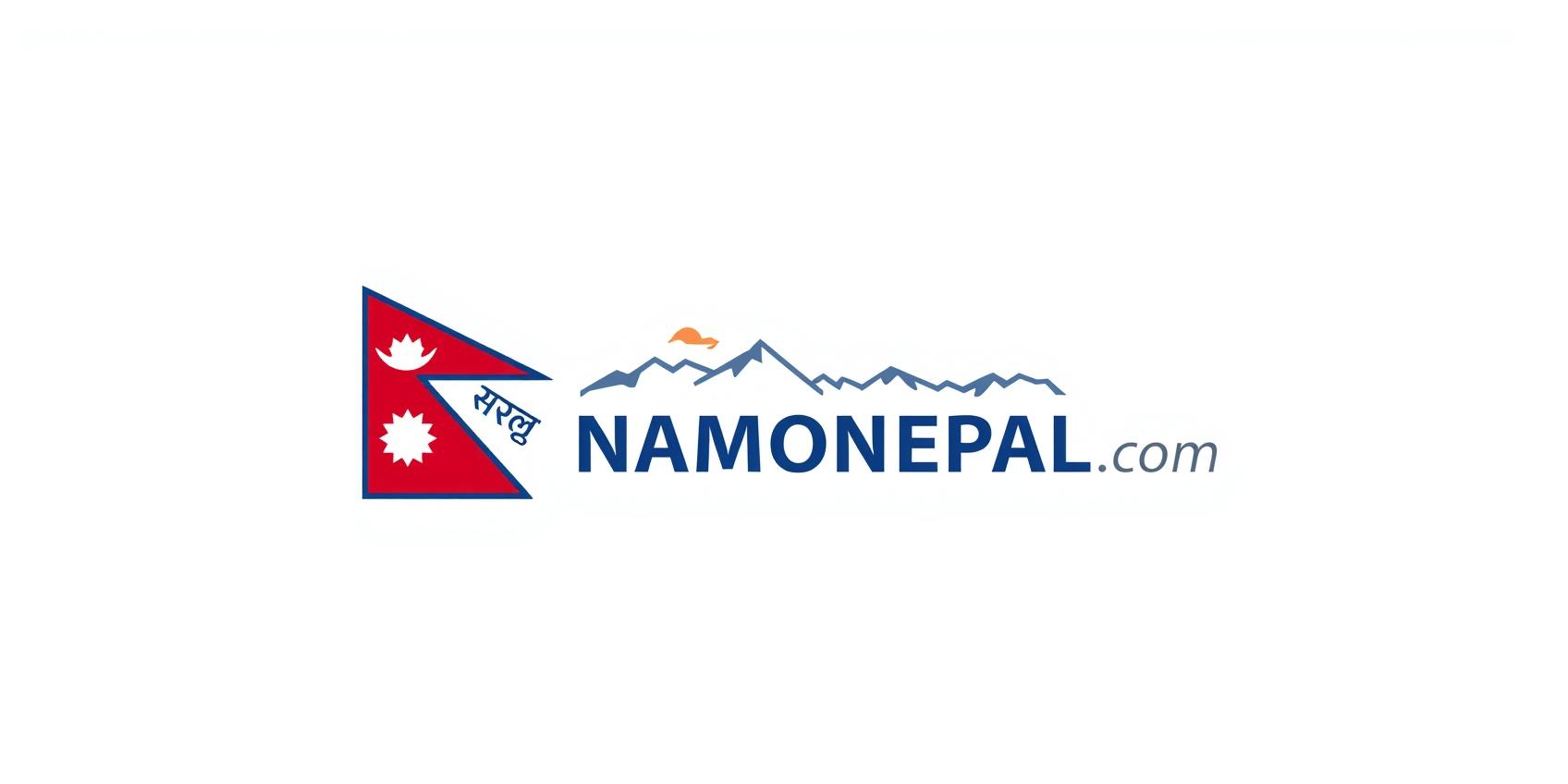Rivers, Lakes & Waterways
Phewa, Rara, Gosaikunda: Discover Nepal's Waterscapes
Water is the lifeline of Nepal, flowing from the towering Himalayas into valleys, plains, and sacred lakes. Explore a blend of peace, thrill, and cultural depth.
Plan Your Waterscape AdventureHighlights – Why Nepal’s Waterscapes Matter
Phewa Lake
Boating, paragliding views, and the iconic Tal Barahi Temple.
Rara – Queen of Lakes
Nepal’s largest and most pristine lake, surrounded by mountains.
Gosaikunda
A sacred alpine lake with deep Hindu and Buddhist significance.
Adventure Rivers
Mighty rivers – Karnali, Koshi, and Trishuli for rafting and adventure.
Aquatic Biodiversity
Wetlands, migratory birds, and aquatic ecosystems thrive here.
Sacred Sites
Lakes and rivers as sacred pilgrimage sites and cultural centers.
Phewa Lake – Pokhara’s Iconic Waterscape
Located in the heart of Pokhara Valley, Phewa Lake is one of Nepal’s most visited and photographed attractions. Its calm waters mirror the snow-capped Annapurna Range, creating postcard-perfect reflections. Visitors can enjoy boating to Tal Barahi Temple, which sits on an island at the lake’s center, or simply relax along the lakeside with cafés. For adventurers, Phewa is also the landing zone for paragliding, offering spectacular aerial views. Phewa Lake embodies the harmony of nature, leisure, and culture.

Rara Lake – The Queen of Lakes
Known as the “Queen of Lakes,” Rara is the largest lake in Nepal, tucked away in the remote northwestern district of Mugu. Surrounded by Rara National Park, this high-altitude lake lies at 2,990 meters and changes colors with the shifting light. Rara is a paradise for trekkers and nature lovers—offering solitude, pristine waters, and alpine forests rich with wildlife. Getting here is an adventure in itself, but once you arrive, the serenity and untouched beauty make it worth every step.

Gosaikunda – A Sacred Himalayan Lake
At 4,380 meters in the Langtang region lies Gosaikunda, one of Nepal’s most sacred lakes. Revered in both Hindu and Buddhist traditions, Gosaikunda attracts thousands of pilgrims each year, especially during the Janai Purnima festival. The trek to Gosaikunda combines stunning alpine landscapes, yak pastures, and mountain views with spiritual significance. For many, a journey to Gosaikunda is not just a trek—it’s a pilgrimage that connects nature with faith.

Rivers & Waterways – Nepal’s Flowing Lifelines
Nepal’s rivers—born from the Himalayan glaciers—shape its geography, culture, and adventure tourism. The Karnali, Koshi, Gandaki, and Trishuli rivers provide thrilling opportunities for white-water rafting, kayaking, and canyoning. Beyond adventure, rivers sustain agriculture, power hydropower stations, and nurture biodiversity. Many rivers are also considered sacred, with ritual baths, cremations, and festivals held on their banks. Rivers are the lifeblood of Nepal’s landscapes and communities.

FAQs – Rivers & Lakes of Nepal
Q1. Which is the largest lake in Nepal?
Rara Lake, located in Mugu district, is Nepal’s largest and most pristine high-altitude lake.
Q2. Is Phewa Lake natural or man-made?
Phewa is a natural freshwater lake, though a dam regulates its water level for irrigation and electricity.
Q3. Why is Gosaikunda important?
It is a sacred Hindu and Buddhist site believed to be created by Lord Shiva. Pilgrims visit during Janai Purnima.
Q4. Where can I go rafting in Nepal?
Popular rivers for rafting include the Trishuli, Seti, Kali Gandaki, and Karnali, offering grades from beginner to extreme.
Q5. Are Nepal’s lakes good for birdwatching?
Yes—wetlands like Rara, Koshi Tappu, and Phewa are home to migratory and endemic bird species.
Q6. Can travelers combine rivers and lakes in one trip?
Absolutely—Pokhara (Phewa) can be combined with rafting on Trishuli, or treks to Gosaikunda and Rara for a diverse waterscape journey.
Discover the Heart of Nepal Through its Waterways
Whether you are gliding across Phewa’s reflections, trekking to the remote shores of Rara, or experiencing the spiritual calm of Gosaikunda, each journey brings you closer to the true heart of Nepal.
Plan Your Waterscape Adventure